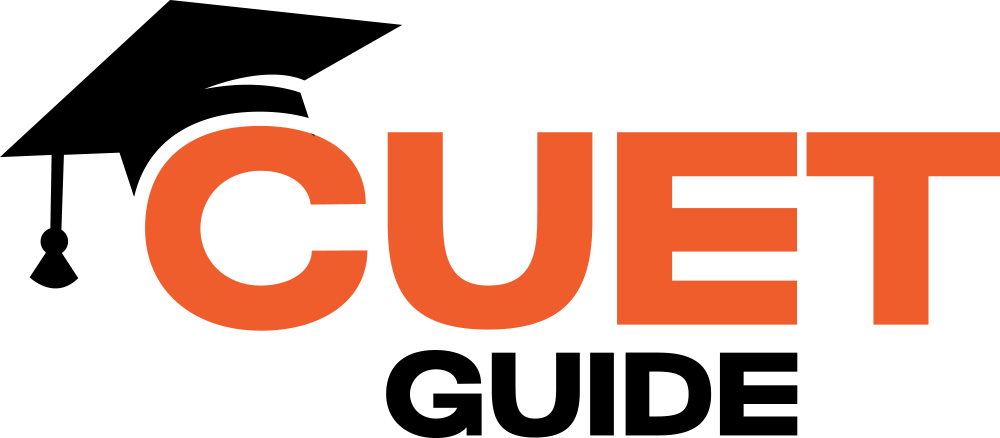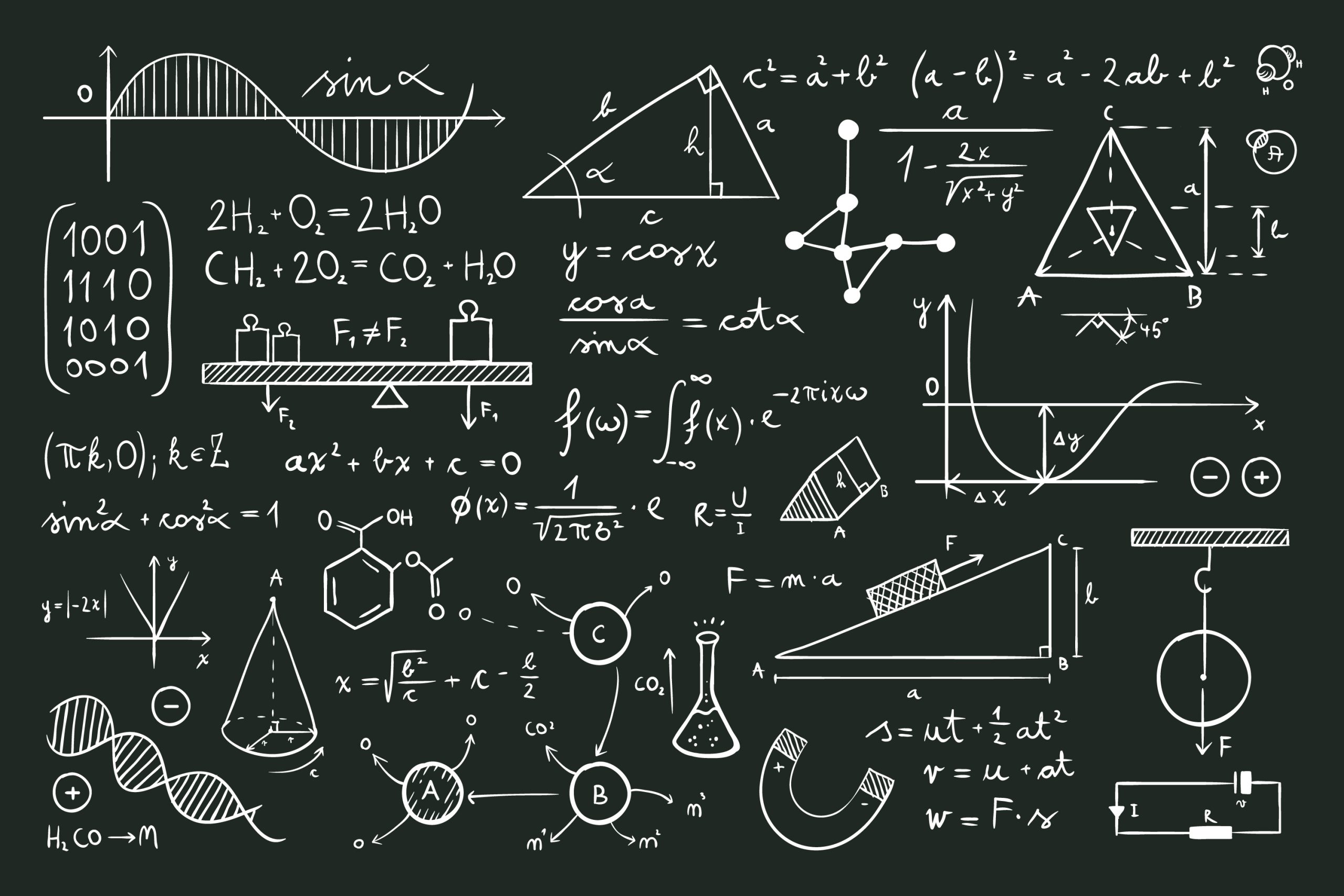The CUET (Common University Entrance Test) Mathematics syllabus for 2025, designed for Class 12, offers a comprehensive curriculum that includes both theoretical and applied aspects of mathematics. The syllabus is divided into sections covering key mathematical topics relevant to both pure and applied mathematics, ensuring students have a broad and deep understanding of the subject. This article provides an in-depth breakdown of each section, aiding students in structuring their study plans for effective preparation.
Examination Structure
The CUET Mathematics examination is divided into two sections:
- Section A: Contains 15 compulsory questions from both Mathematics and Applied Mathematics.
- Section B: Has two subsections, B1 and B2.
- Section B1: Pure Mathematics, with 35 questions, out of which students need to attempt 25.
- Section B2: Applied Mathematics, also with 35 questions, with 25 to be answered.
Section A: Core Mathematics Topics
- Algebra
- Topics Covered: Matrices (types, operations, inverses) and Determinants.
- Applications: Solving linear equations using matrices and determinants.
- Calculus
- Topics Covered: Higher-order derivatives, tangents and normals, increasing/decreasing functions, and optimization (maxima and minima).
- Applications: Understanding rate changes and applying calculus in various real-life contexts.
- Integration and Applications
- Topics Covered: Indefinite and definite integrals, area under curves.
- Applications: Calculating areas and solving problems involving accumulation of quantities.
- Differential Equations
- Topics Covered: Order and degree, solving differential equations with variable separation.
- Applications: Used in modeling natural processes and change rates across scientific disciplines.
- Probability Distributions
- Topics Covered: Random variables, probability distributions, binomial distribution, expected value, and variance.
- Applications: Understanding probability models and decision-making under uncertainty.
- Linear Programming
- Topics Covered: Problem formulation, feasible and infeasible regions, optimal solutions.
- Applications: Solving real-world optimization problems, particularly in resource management.
Section B1: Pure Mathematics
UNIT I: Relations and Functions
- Relations and Functions
- Covers reflexive, symmetric, transitive, and equivalence relations, and one-to-one and onto functions.
- Inverse Trigonometric Functions
- Focus on definitions, domains, ranges, principal branches, and properties of inverse trigonometric functions.
UNIT II: Algebra
- Matrices and Determinants
- Detailed study of matrices, their properties, matrix operations, and the use of determinants in linear equations.
UNIT III: Calculus
- Continuity and Differentiability
- Study of continuity, differentiability, derivatives of functions, and applications of the Mean Value Theorem.
- Applications of Derivatives
- Emphasis on applications in real-life problems, including optimization and rate of change.
- Integrals and Applications
- Techniques for evaluating integrals and applying them to find areas under curves and between curves.
- Differential Equations
- Solutions to first-order differential equations, focusing on separable and linear equations.
UNIT IV: Vectors and Three-Dimensional Geometry
- Vectors
- Vector operations, direction cosines, and applications of dot and cross products.
- Three-Dimensional Geometry
- Equations of lines and planes, angles between them, and distances from points to planes.
UNIT V: Linear Programming
- Problem formulation and graphical solutions to linear programming problems, focusing on identifying feasible and optimal solutions.
UNIT VI: Probability
- Multiplication theorem, conditional probability, Bayes’ theorem, and applications of Bernoulli trials in binomial distribution.
Section B2: Applied Mathematics
UNIT I: Numbers, Quantification, and Numerical Applications
- Concepts in modular arithmetic, mixture and allocation problems, and mathematical problem-solving in real-life contexts (e.g., boat and stream problems, partnerships).
UNIT II: Algebra
- Matrices
- Types, equality, transposition, symmetric and skew-symmetric properties of matrices, and applications.
UNIT III: Calculus
- Higher-Order Derivatives
- Focus on parametric differentiation, marginal cost and revenue, and determining maxima and minima.
UNIT IV: Probability Distributions
- Understanding probability distributions, mathematical expectation, variance, and their applications in modeling random events.
UNIT V: Index Numbers and Time-Based Data
- Index numbers, construction methods, and testing adequacy, along with time series analysis for interpreting chronological data.
UNIT VI: Financial Mathematics
- Calculations related to perpetuity, sinking funds, bonds valuation, and EMI, applying linear depreciation in financial contexts.
UNIT VII: Linear Programming
- Extended study in formulating and solving linear programming problems graphically, with emphasis on optimization and understanding feasible regions.
This breakdown provides a structured guide for preparing for the CUET Mathematics syllabus, with a balanced focus on both core mathematical concepts and applied techniques. By systematically studying each unit and practicing problem-solving, students can achieve a comprehensive understanding of the syllabus to excel in the CUET 2025 examination.

